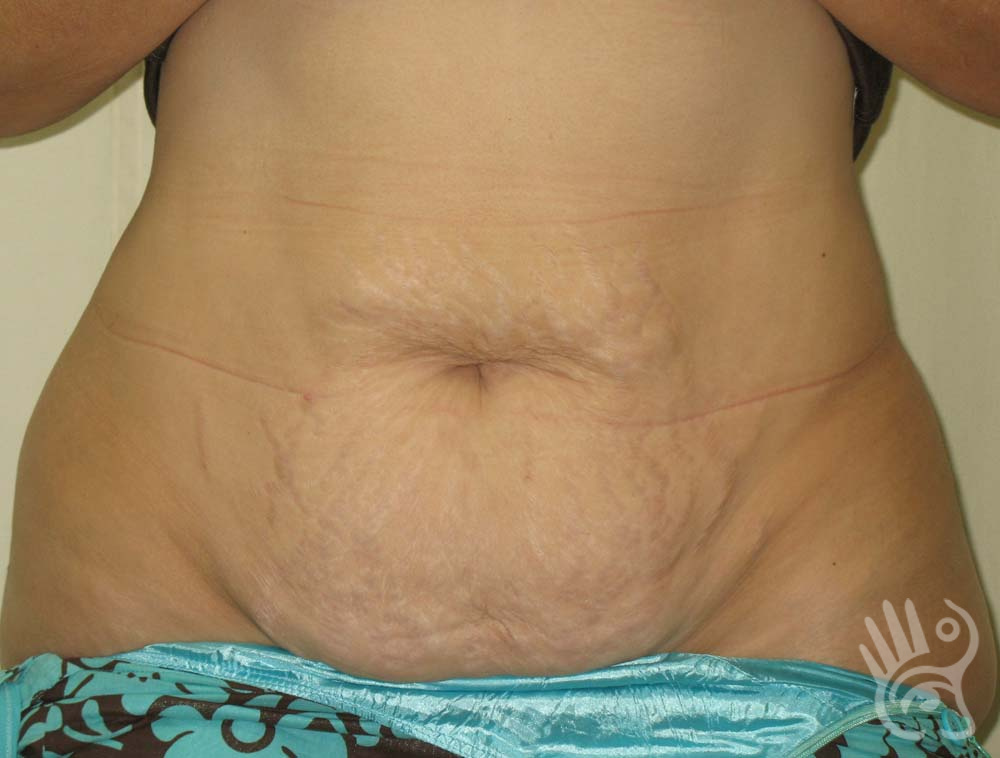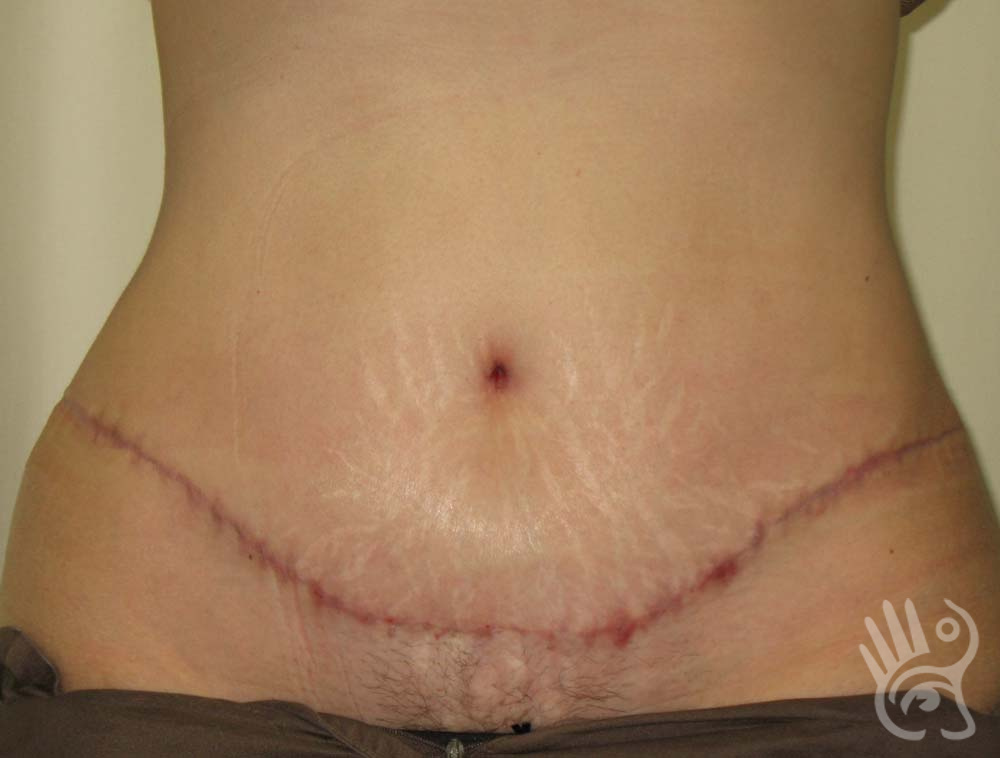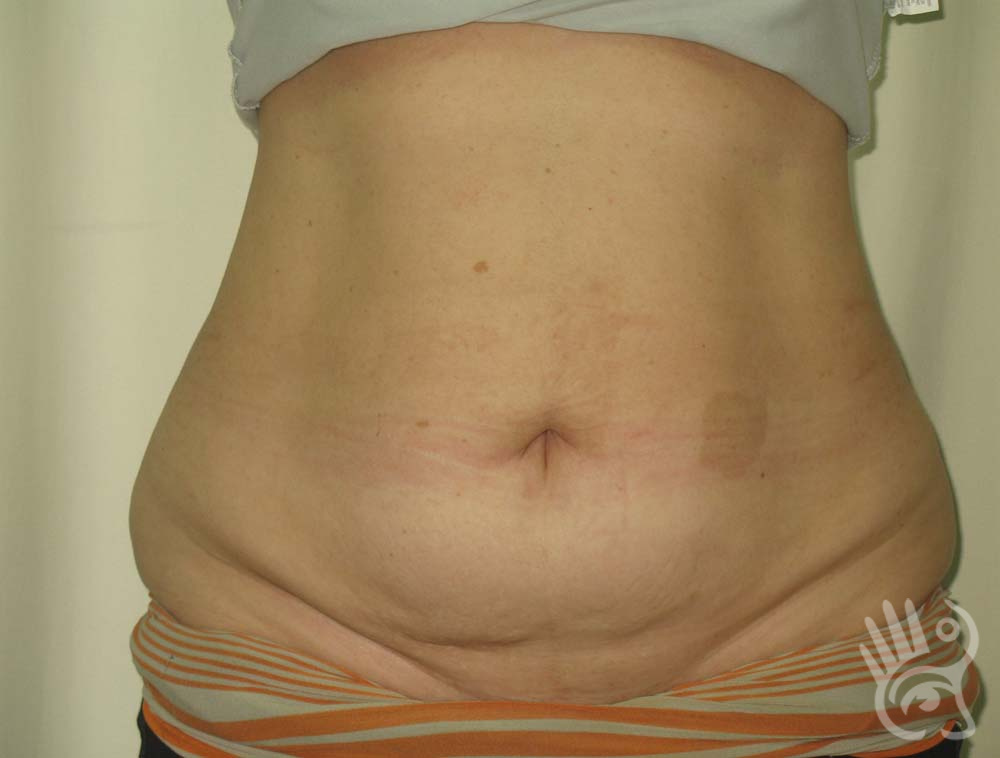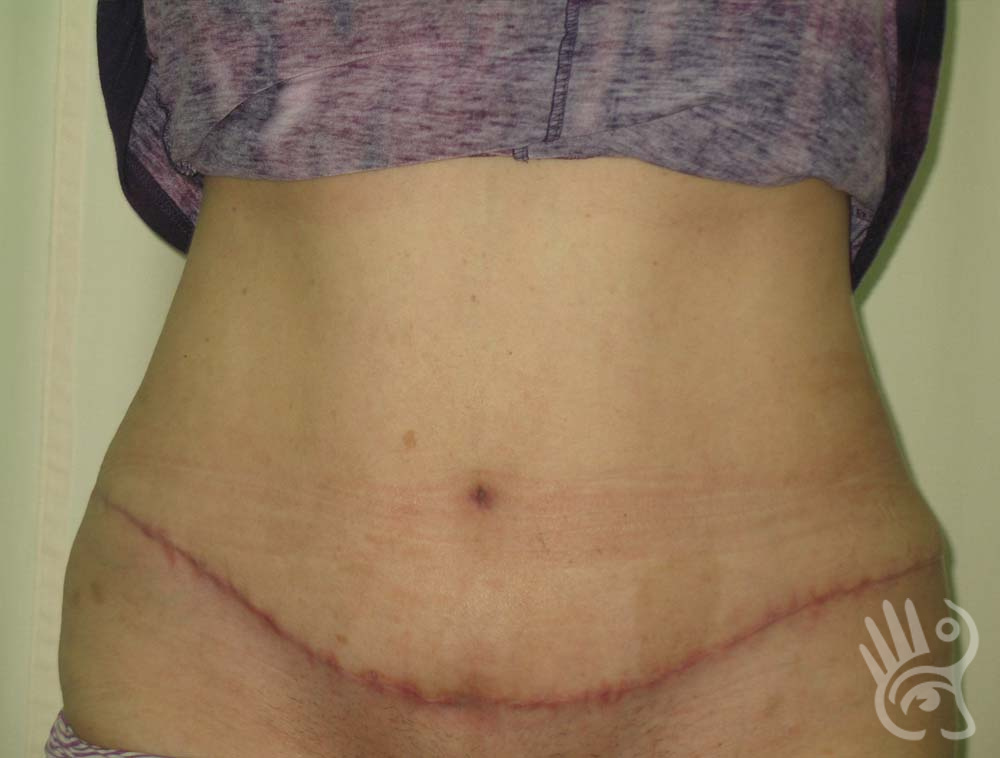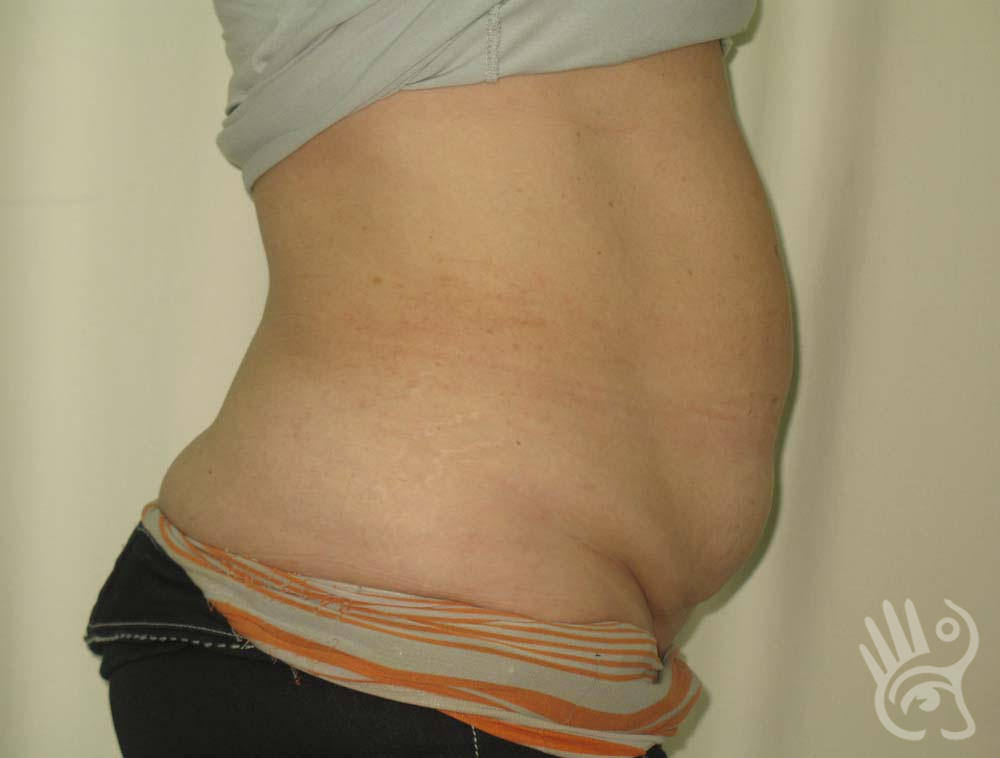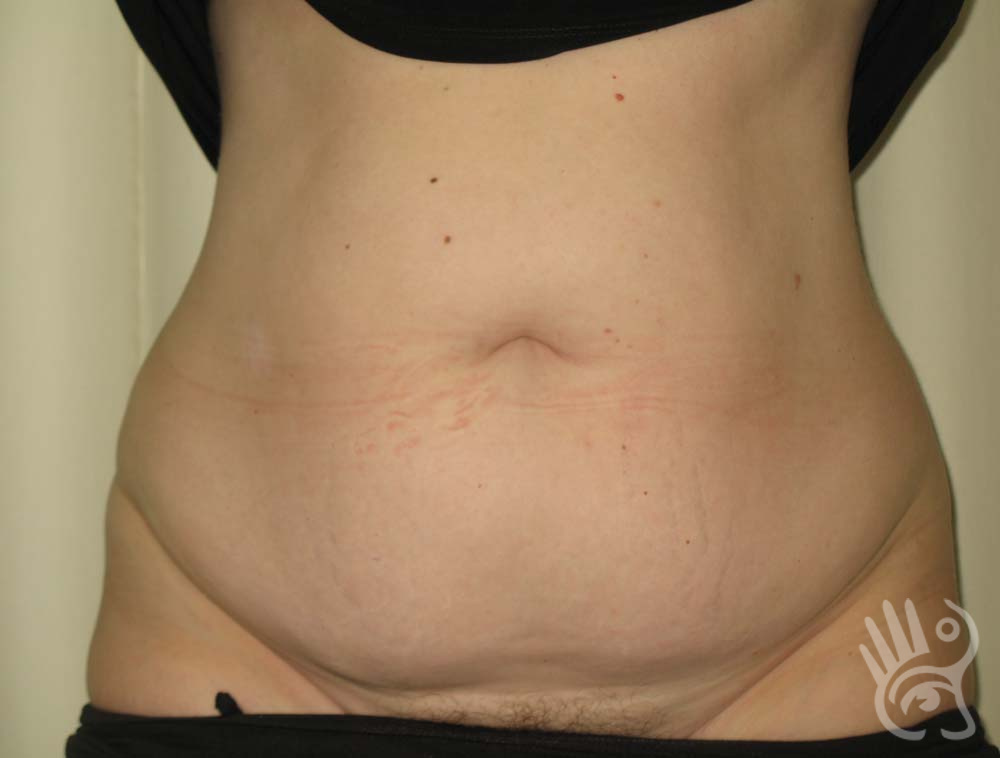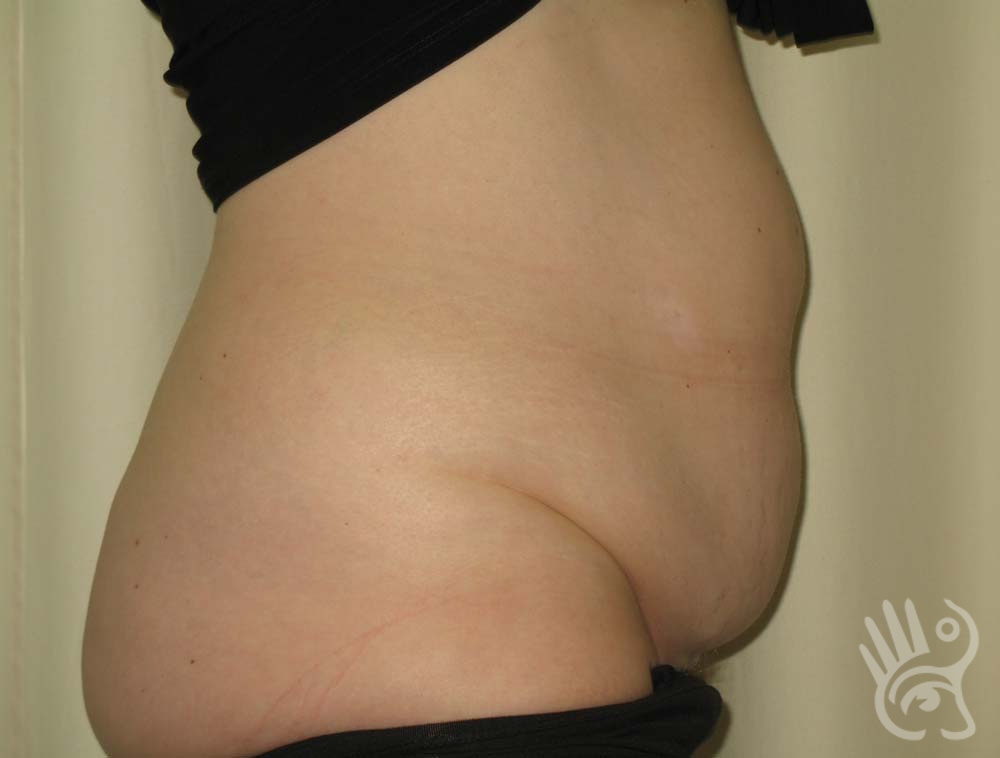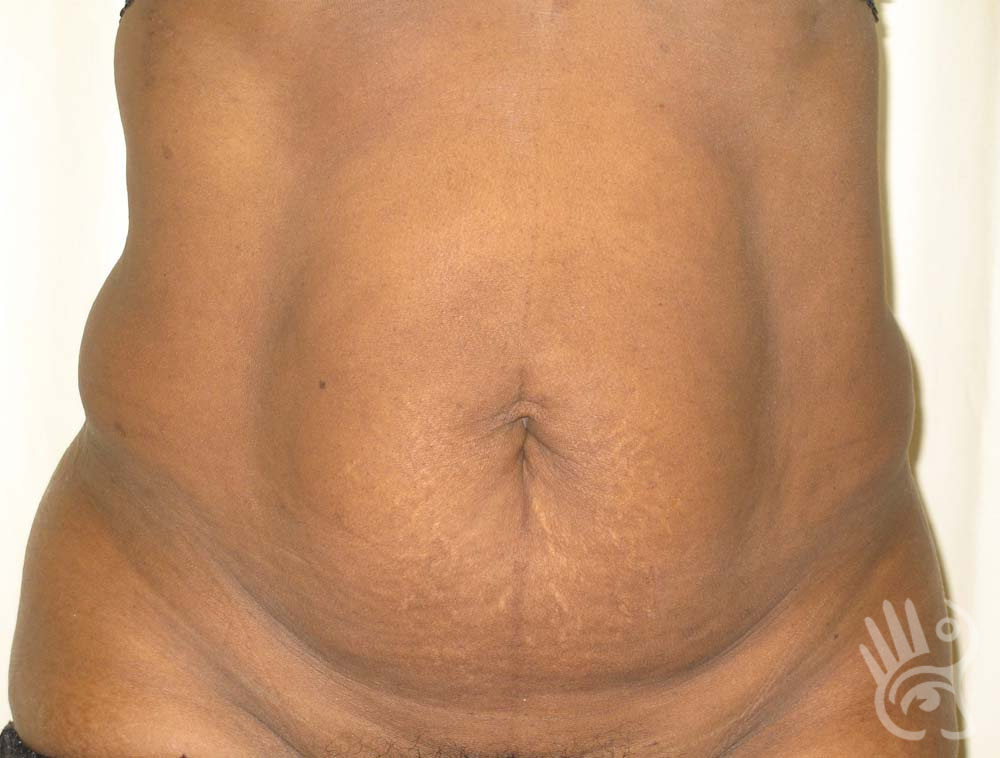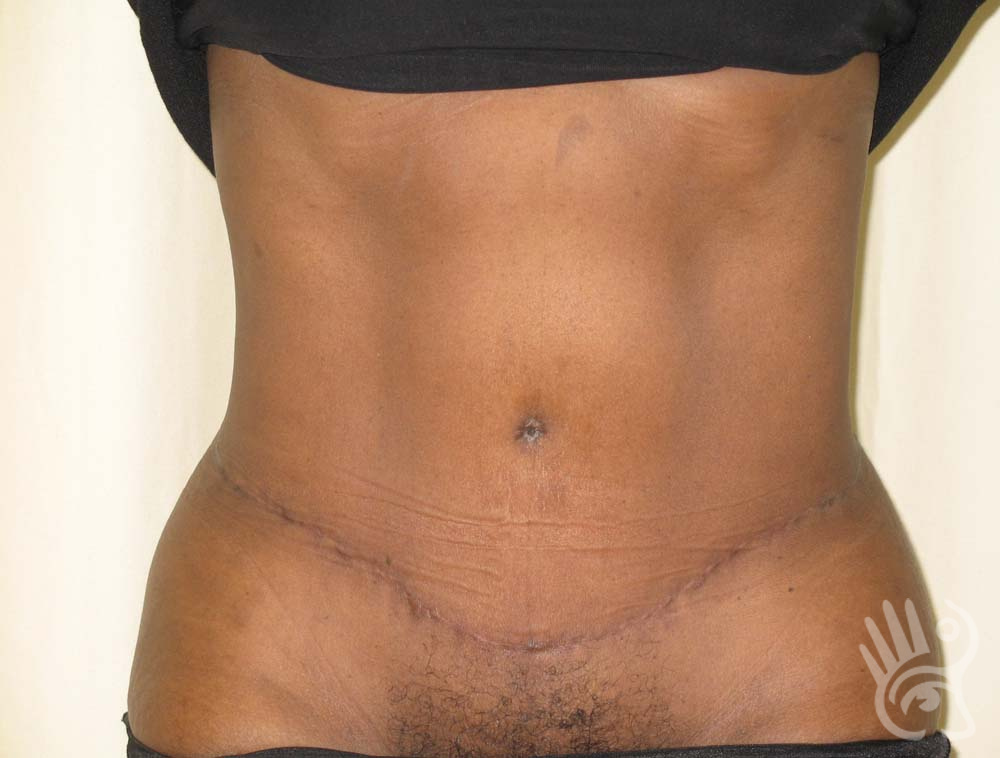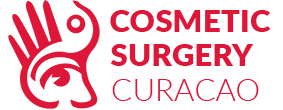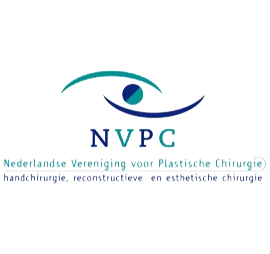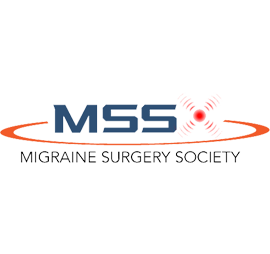Due to extreme weight loss, pregnancies, aging and surgery of the abdomen loose skin may develop into an apron. Excess skin can cause irritation and infections beneath the skinfolds. An abdominal apron can also impede on physical activity and sports. When the abdominal recti muscles have separated as a result of pregnancies the forces of the abdominal muscles can become less effective. This can influence your body posture and result in back pain. Also pressing will be less effective. Furthermore, scars and stretch marks can be unsightly. Loose abdominal skin can be corrected with an abdominoplasty, also referred to as a tummy tuck. It involves correction of skin, fat and if necessary, the diastasis of the recti muscles.
